Bunion Surgery – Day of Surgery
- Home
- Services
- Orthopaedics
- Knowledge Hub
- Bunion Surgery – Day of Surgery
Bunion surgery, sometimes referred to as a bunionectomy, is a common medical procedure to reduce the pain and deformity caused by these visible bony lumps.
As bunions can vary greatly in shape, position and size, there are different types of corrective surgeries available that will help to realign the bones, tendons and ligaments. The type of surgery required will depend on the severity of the bunion.
Types of bunion surgery
There are many different techniques available to treat bunions, and your doctor may use more than one approach in the same procedure in order to get the best results.
Removal (Exostectomy)
The enlarged proportion of the bone (bunion) is removed, usually as one part of corrective surgery
Realignment (Osteotomy)
The toe joint is repositioned sometimes using screws or pins, often performed in conjunction with soft tissue repair
Bone fusion (Arthrodesis)
Commonly used to treat arthritis, the bones are fused together to reduce the pain caused by friction of movement.
The common goal of any bunion surgery is to relieve pain by realigning the toe joint at the base of the big toe, and correct any deformity. Your doctor will talk to you about the most appropriate surgery for your specific condition.
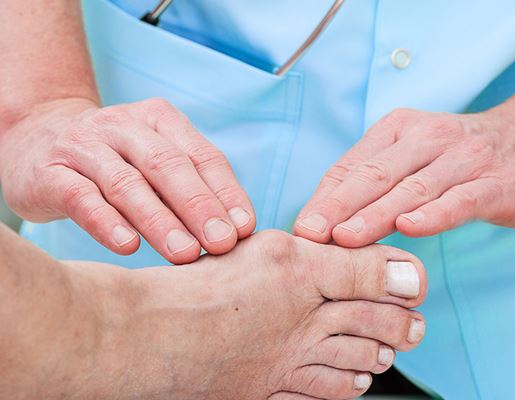
Before Surgery
Having observed a 6-8 hour fast, you will be asked to arrive at hospital in time to complete your clinical admission. Your anaesthetist will explain the type of anaesthetic to be used and the procedure involved. Most bunion surgery is performed with an ankle block anaesthetic to keep you comfortable. The operation itself can take up to 3 hours depending on the size and severity of the bunion, and your surgeon will be available to answer any final questions before the procedure begins.
During surgery
Firstly, your surgeon will make a small incision along the inside of your big toe joint, or along the top of the joint. In more severe cases more than one incision may be required to restore alignment. The bony lump is removed, and the big toe is cut with a special saw so that it can be repositioned using screws or pins if necessary to set the toes in place. Some patients may also require soft tissue repair in order to stabilise the foot structure.
Where the bunion is caused by arthritis, your doctor may fuse the bones together after the inflamed joint has been removed in order to reduce any painful symptoms and swelling caused by movement. In treating Tailor’s bunion on the joint at the base of the little toe, a small incision is made above the bunion, the lump is removed, and the bones are realigned and fixed in position. Once the repair is complete, the wound is closed with stitches and bandaged in a specific way to hold the bones in the correct position while they heal.
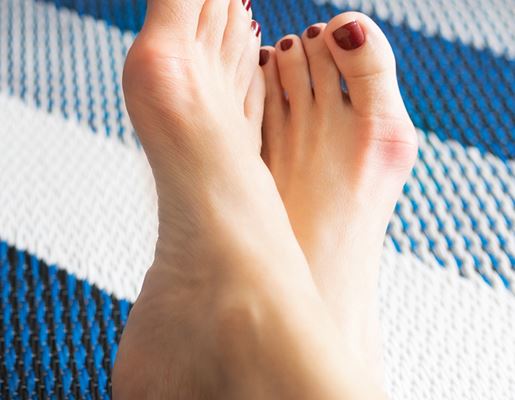
After Surgery
Bunion surgery is usually performed as an outpatient procedure which means you can generally return home the same day. After the surgery is complete, you will be transferred to the recovery room until your doctor advises that you are able to return home. This is usually one to two hours after surgery, but will depend on the type of anaesthetic that has been used. When you leave the hospital, you will be wearing a special shoe to protect your operated foot. As you will be unable to drive, it’s a good idea to arrange for someone to bring you home.
What to look out for
- It’s completely normal for your operated foot to swell after surgery. This is all part of the healing process, and a natural response to the procedure. It can take up to one year for the swelling to settle down completely.
- Keep your foot elevated as much as possible for the first few days, and use ice as recommended by your doctor. This will relieve pain and help reduce any swelling.
- Some bunion surgeries require a certain non-weightbearing period to allow for optimum healing. Follow your doctor’s instructions and be sure not to put any weight on your operated foot without medical approval.
- Your physio will give you a full rehabilitation program of exercises designed to promote healing and restore function.
- Talk to your doctor about finding the most appropriate shoe wear to protect your bunion correction after surgery, and follow any recommendations for the future as ill-fitting shoes may cause more bunions to recur.
- Contact your medical team if you notice any redness around the wound site, ongoing and persistent pain, or any type of swelling in the calf above your operated foot as it could be a sign of infection.
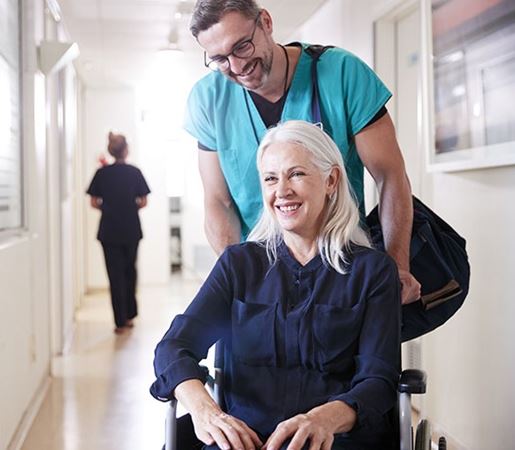
Related Content
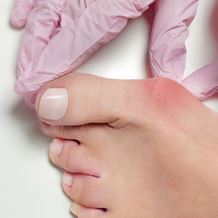
Bunion Surgery – Your Recovery
As bunions can vary in shape, size and severity, the recovery from surgery varies.
Read More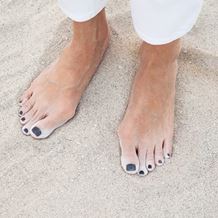
Bunion Surgery
A common medical procedure to treat bunions that cause ongoing painful symptoms.
Read More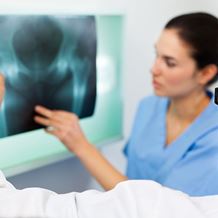
Find a Specialist
Talk to our world-leading orthopaedic specialists about the most suitable treatment options.
Read More